Home>diy>Architecture & Design>What Is A Typical Design Fee For A $250,000 High-End House Remodel?
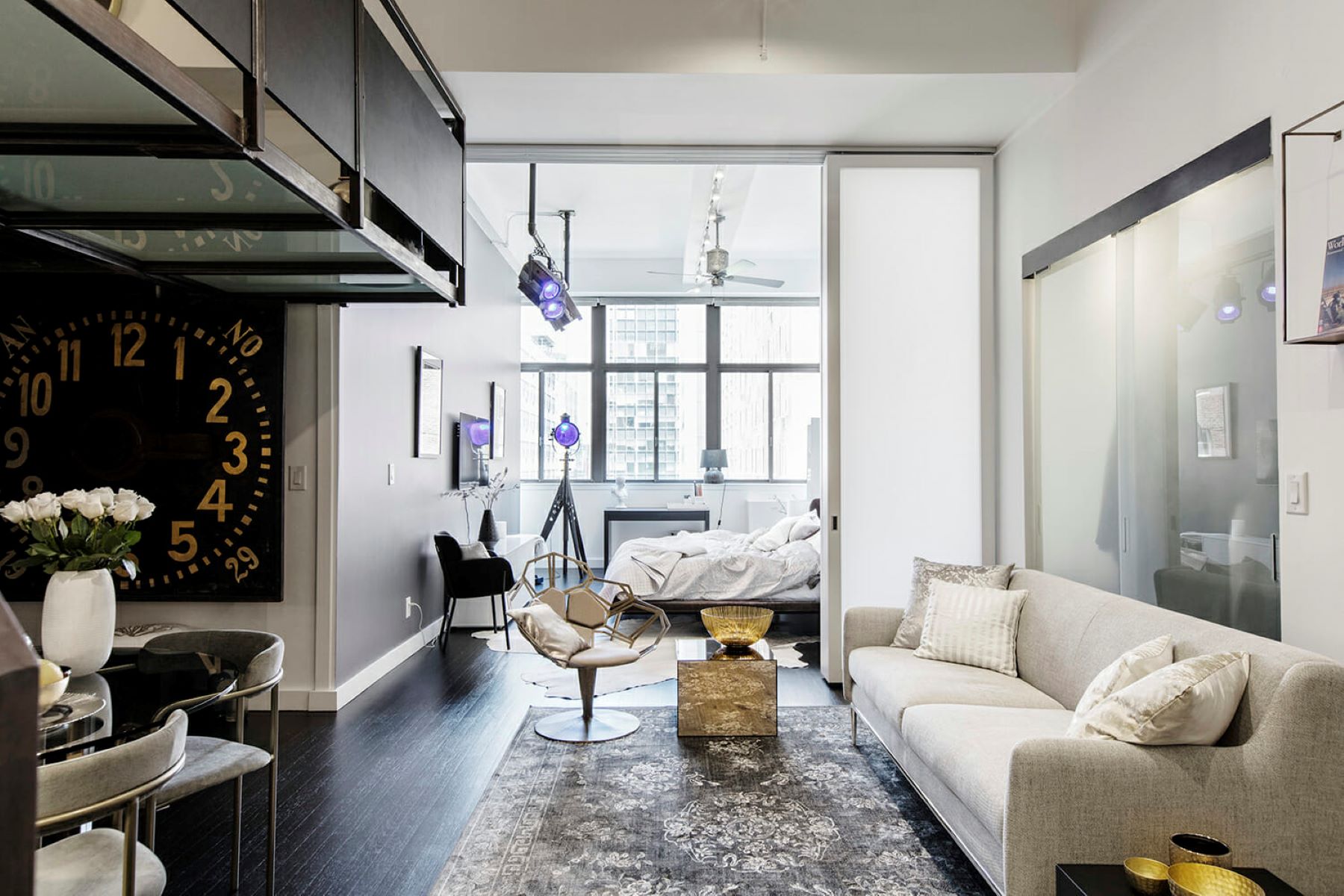

Architecture & Design
What Is A Typical Design Fee For A $250,000 High-End House Remodel?
Modified: January 9, 2024
Find out the typical design fee for a high-end house remodel with a budget of $250,000. Discover the insights from architectural design experts.
(Many of the links in this article redirect to a specific reviewed product. Your purchase of these products through affiliate links helps to generate commission for Storables.com, at no extra cost. Learn more)
Introduction
When undertaking a high-end house remodel, one of the crucial considerations is the design fee. Design fees are the costs associated with the architectural, interior design, and engineering services required to plan and create a stunning and functional living space.
In this article, we will explore the typical design fee for a $250,000 high-end house remodel. We will examine the factors that influence design fees, regional variations, and provide examples to give you a better understanding of what to expect.
It is essential to remember that design fees can vary depending on a multitude of factors, such as the scope of work, project complexity, professional experience, and regional location. By understanding these factors, you will be able to better negotiate and budget for your dream home remodel.
Key Takeaways:
- Design fees for a $250,000 high-end house remodel can range from 10% to 20% of the total project cost, influenced by factors such as scope of work, project complexity, and regional variations.
- Hiring experienced design professionals may command higher fees, but their expertise, industry connections, and track record can contribute to a successful and well-executed high-end house remodel.
Factors Affecting Design Fees
Several factors can influence the design fees for a high-end house remodel. It is essential to consider these factors when planning your project to ensure a fair and accurate assessment of costs.
1. Scope of Work
The scope of work encompasses the extent of the design services required for your remodel. If you are looking for a complete overhaul of your entire home, including architectural and interior design services, the design fee will likely be higher than if you are focusing on a specific area, such as a kitchen remodel.
2. Project Complexity
The complexity of the project plays a significant role in determining design fees. Projects that involve structural changes, custom features, or intricate architectural details require more time and expertise from design professionals. As a result, the design fees will be higher due to the additional skills and effort involved in the process.
3. Design Professional Experience
The experience and expertise of the design professionals you hire also impact the design fees. Highly experienced professionals with a strong portfolio and extensive track record may charge higher fees due to their expertise and reputation. However, their level of skill and knowledge can greatly contribute to the success of your project.
4. Regional Variations
Design fees can vary based on the location of your high-end house remodel. In areas with a higher cost of living or where the demand for design services is significantly higher, the fees tend to be higher as well. It is important to research and understand the regional variations in design fees to ensure accurate budgeting for your project.
By considering these factors, you will gain a better understanding of how they can influence the design fees for your high-end house remodel. It is advisable to consult with multiple design professionals and request detailed proposals to compare and assess the costs associated with each aspect of your project.
Scope of Work
The scope of work refers to the specific tasks and services that will be provided by the design professionals for your high-end house remodel. It is important to clearly define the scope of work to ensure that the design fees accurately reflect the services required for your project.
The scope of work may include architectural services, interior design consultation, structural engineering, electrical planning, and other related services. It is crucial to discuss your vision and goals with the design professionals to determine which services are necessary for your remodel.
For example, if you are looking for a complete overhaul of your home, the scope of work may include architectural drawings, 3D renderings, space planning, material selection, and project management. On the other hand, if you are focusing on a specific area like a kitchen remodel, the scope of work may be more concentrated on design concepts, cabinetry layout, and appliance selection.
The complexity and size of your project will also influence the scope of work. Larger projects, such as adding an additional floor or expanding the living space, will require more extensive architectural and engineering services compared to smaller-scale remodels.
During the initial consultation with the design professionals, it is crucial to communicate your expectations and requirements clearly. This will help them determine the appropriate scope of work and provide you with a detailed proposal outlining the services they will be providing and the corresponding design fees.
By discussing and establishing the scope of work upfront, you can ensure that both parties are aligned in terms of project expectations and the services to be provided. This will also prevent any misunderstandings or disputes regarding the design fees throughout the course of the remodel.
Remember, the scope of work is a crucial component in determining the design fees for your high-end house remodel. Taking the time to carefully define and discuss the scope of work with the design professionals will help you accurately budget for your project and ensure that the design services provided align with your vision.
Project Complexity
The complexity of a high-end house remodel greatly influences the design fees involved in the project. The more complex the project, the higher the design fees are likely to be. Project complexity refers to the level of intricacy and difficulty involved in the remodel.
There are several factors that contribute to project complexity:
1. Structural Changes
Projects that involve structural changes, such as adding or removing walls, require careful analysis and engineering expertise. Design professionals will need to ensure that these changes are structurally sound and meet building codes. The complexity of the engineering and architectural work involved in structural changes will impact the design fees.
Read more: How To Make High-End Candles
2. Custom Features
If your high-end house remodel includes custom features, such as unique built-in cabinetry, intricate moldings, or custom lighting solutions, the design fees are likely to be higher. Custom features require detailed design work, specialized materials, and skilled craftsmanship, all of which contribute to the complexity of the project.
3. Systems Integration
Integrating various systems within the house, such as HVAC, electrical, and smart home automation, can add complexity to the project. Design professionals will need to coordinate with multiple subcontractors and ensure that all systems work seamlessly together. The coordination and planning required for systems integration will affect the design fees.
4. Accessibility Constraints
If your home has accessibility constraints, such as working on a historic building or meeting specific accessibility requirements, the design fees may be higher due to the additional research, planning, and design considerations involved.
It is important to communicate the specific requirements and complexities of your project to design professionals during the initial consultation. This will allow them to assess the level of complexity and provide a more accurate estimate of the design fees.
Keep in mind that projects with higher complexity may require more time, expertise, and collaboration among design professionals, subcontractors, and suppliers. The design professionals will need to dedicate additional resources and effort to ensure a successful outcome, which will be reflected in the design fees.
Understanding the complexity of your high-end house remodel is essential for both budgeting and finding the right design professionals. By accurately assessing the project complexity, you can ensure that the design fees align with your expectations and that the professionals you choose have the necessary expertise to handle the intricacies of your remodel.
Design Professional Experience
When it comes to high-end house remodels, the experience and expertise of the design professionals you hire play a significant role in determining the design fees. Design professionals with extensive experience and a proven track record often command higher fees due to their level of skill, knowledge, and reputation in the industry.
Experienced design professionals bring a wealth of expertise to the table. They have likely worked on a variety of projects, including complex remodels, and have encountered and resolved many challenges along the way. Their experience allows them to offer valuable insights, innovative design solutions, and effective problem-solving strategies.
The higher design fees associated with experienced professionals can be attributed to several factors:
1. Knowledge and Skills
Design professionals with years of experience possess a deep understanding of design principles, materials, construction techniques, and building codes. Their extensive knowledge and skills enable them to provide comprehensive and well-executed designs, leading to successful high-end house remodels.
2. Portfolio and Track Record
An experienced design professional will have a solid portfolio showcasing their previous projects. Their track record of successful remodels demonstrates their ability to handle complex designs, manage budgets and timelines, and deliver exceptional results. The reputation they have built over time often justifies their higher fees.
3. Industry Connections
Experienced design professionals have developed strong relationships with contractors, suppliers, and other industry professionals. These connections can prove invaluable during your high-end house remodel, as they can help streamline the process, source high-quality materials, and recommend reliable subcontractors. Access to this network of trusted professionals contributes to the higher design fees charged by experienced professionals.
While hiring an experienced design professional may come with a higher price tag, it can be a worthwhile investment. Their expertise and comprehensive approach to your remodel can save you time, money, and potentially prevent costly mistakes down the line.
It is important to review the portfolios, credentials, and references of design professionals to assess their experience and qualifications. During the selection process, consider the complexity of your project and the specific expertise required. This will ensure that you choose a design professional whose experience aligns with your needs and vision.
Keep in mind that design fees should not be the sole determining factor when selecting a design professional. A balance between experience, expertise, and budget considerations is key to finding the right fit for your high-end house remodel.
Regional Variations
Design fees for high-end house remodels can vary significantly based on your regional location. Factors such as the cost of living, demand for design services, and local market conditions all play a role in determining the fees charged by design professionals.
Areas with a higher cost of living, such as major cities or affluent neighborhoods, generally have higher design fees. This is because design professionals operating in these areas face higher operating costs, including office rent, salaries, and general expenses. These costs are often passed on to clients through higher fees.
The demand for design services in a particular region can also impact the fees. In areas where there is high demand and limited supply of experienced design professionals, the fees tend to be higher due to the competitive nature of the market. Conversely, in regions with a larger pool of design professionals, the fees may be more competitive as professionals vie for clients.
One way to gauge the regional variations in design fees is to research and compare the average rates charged by design professionals in your area. This can be done by consulting with local design associations, reaching out to multiple design professionals for estimates, or seeking recommendations from friends or colleagues who have recently undergone a high-end house remodel in your region.
It is worth noting that regional variations not only affect the design fees but also the overall cost of your high-end house remodel. Materials, labor, and construction costs can vary from one region to another, which should be considered when budgeting for your project.
When it comes to regional variations, it is important to strike a balance between your budget and the quality of design services. While it may be tempting to choose the lowest-priced option, it is crucial to evaluate the experience, portfolio, and reputation of the design professionals you are considering. Ultimately, you want to choose a design professional who can deliver on your vision and guide you through a successful high-end house remodel.
Read more: What Are The Steps To Remodeling A Home
Design Fee Percentage Range
Design fees for a high-end house remodel are typically calculated as a percentage of the overall project budget. This percentage can vary depending on factors such as the scope of work, project complexity, and the experience of the design professional. While there is no set industry standard, a general range for design fees is between 10% and 20% of the total project cost.
It is important to note that design fees are separate from construction costs and do not include expenses related to materials, labor, or subcontractors. Design fees pertain specifically to the services provided by the design professionals, including architectural, interior design, and engineering services.
The percentage range of design fees can be broken down as follows:
1. Basic Design Services: 10% – 15%
For projects that involve standard architectural and interior design services, the design fees typically fall within the lower end of the range (around 10% to 12% of the total project cost). This includes services such as initial concept development, space planning, schematic design, construction drawings, and material selection.
2. Complex Design Services: 15% – 20%
For high-end house remodels with more complex design requirements, such as custom features, structural changes, or extensive coordination between multiple design disciplines, the design fees may fall within the upper end of the range (around 15% to 20% of the total project cost). This higher percentage accounts for the additional time, expertise, and coordination involved in executing the project successfully.
It is important to remember that these percentages are a guideline, and the actual design fee percentage for your project may vary based on factors such as the specific requirements, regional variations, and negotiations with the design professional.
When hiring a design professional, it is advisable to obtain detailed proposals from multiple professionals and compare their fee structures. This will help you understand how the design fees are calculated and what services are included in each proposal. It also allows you to assess the overall value and expertise each design professional can bring to your high-end house remodel.
Keep in mind that design fees are an investment in the success and quality of your remodel. A well-designed and thoughtfully executed project can enhance the value, functionality, and aesthetics of your home, making it a worthwhile expenditure.
Examples of Design Fees for a $250,000 High-End House Remodel
While design fees can vary depending on various factors, including the scope of work, project complexity, and regional variations, let’s explore a few hypothetical examples of design fees for a $250,000 high-end house remodel.
Read more: What Is Porch In House
Example 1: Basic Design Services
In this example, the high-end house remodel focuses on updating the kitchen and bathrooms, along with some cosmetic changes throughout the home. The scope of work includes space planning, material selection, and construction drawings for the remodeling areas. As this project requires basic design services, the design fee may fall within the lower end of the range, around 10% – 12%.
Design Fee Calculation: $250,000 (project budget) x 10% (design fee percentage) = $25,000 design fee
Example 2: Complex Design Services
In this case, the high-end house remodel entails a complete transformation of the home, including significant structural changes, custom features, and intricate design details. The scope of work includes architectural drawings, interior design consultation, space planning, 3D renderings, and project management. Considering the complexity of the project, the design fee may fall within the higher end of the range, around 15% – 20%.
Design Fee Calculation: $250,000 (project budget) x 15% (design fee percentage) = $37,500 design fee
Example 3: Regional Variations
Regional variations can also impact the design fees for a high-end house remodel. Let’s take the previous Example 1 and consider regional variations in a major metropolitan area with a higher cost of living and increased demand for design services. In such areas, the design fees may be slightly higher compared to suburban or rural regions.
Design Fee Calculation: $250,000 (project budget) x 12% (design fee percentage adjusted for regional variation) = $30,000 design fee
These examples provide a general idea of how design fees can be calculated for a $250,000 high-end house remodel. However, it is crucial to consult with design professionals and obtain detailed proposals tailored to your specific project requirements. This will allow for a more accurate assessment of the design fees and ensure that they align with your expectations and budget.
Remember, while design fees are an essential component of your high-end house remodel, they are an investment in a well-designed and successful outcome that can significantly enhance the value and enjoyment of your home.
Conclusion
Design fees are an integral part of a high-end house remodel, as they encompass the costs associated with architectural, interior design, and engineering services. When considering a $250,000 high-end house remodel, it is crucial to understand the factors that influence design fees and properly budget for them.
Factors such as the scope of work, project complexity, design professional experience, regional variations, and the design fee percentage range all play a role in determining the design fees for your project. By considering these factors and consulting with design professionals, you can gain a clearer understanding of what to expect in terms of design fees.
While the design fee percentage range typically falls between 10% and 20% of the overall project budget, it is important to remember that these percentages are guidelines, and the actual design fee for your project may vary based on specific circumstances and negotiations with the design professional.
Throughout the process, it is crucial to communicate your vision, goals, and budget constraints to the design professionals. They can provide you with a detailed proposal specifying the scope of work, services provided, and associated design fees. Obtaining multiple proposals and comparing the expertise, experience, and value offered by each design professional can help you make an informed decision.
Additionally, regional variations can influence the design fees, as areas with a higher cost of living or greater demand for design services tend to have higher fees. It’s important to research and understand the regional variations in your area when evaluating design fees for your high-end house remodel.
In conclusion, understanding the factors influencing design fees, carefully considering the scope of work, project complexity, design professional experience, and acknowledging regional variations all contribute to accurate budgeting and successful planning of your high-end house remodel. With this knowledge in hand, you can confidently embark on your journey to transform your home into a stunning and functional living space.
Frequently Asked Questions about What Is A Typical Design Fee For A $250,000 High-End House Remodel?
Was this page helpful?
At Storables.com, we guarantee accurate and reliable information. Our content, validated by Expert Board Contributors, is crafted following stringent Editorial Policies. We're committed to providing you with well-researched, expert-backed insights for all your informational needs.
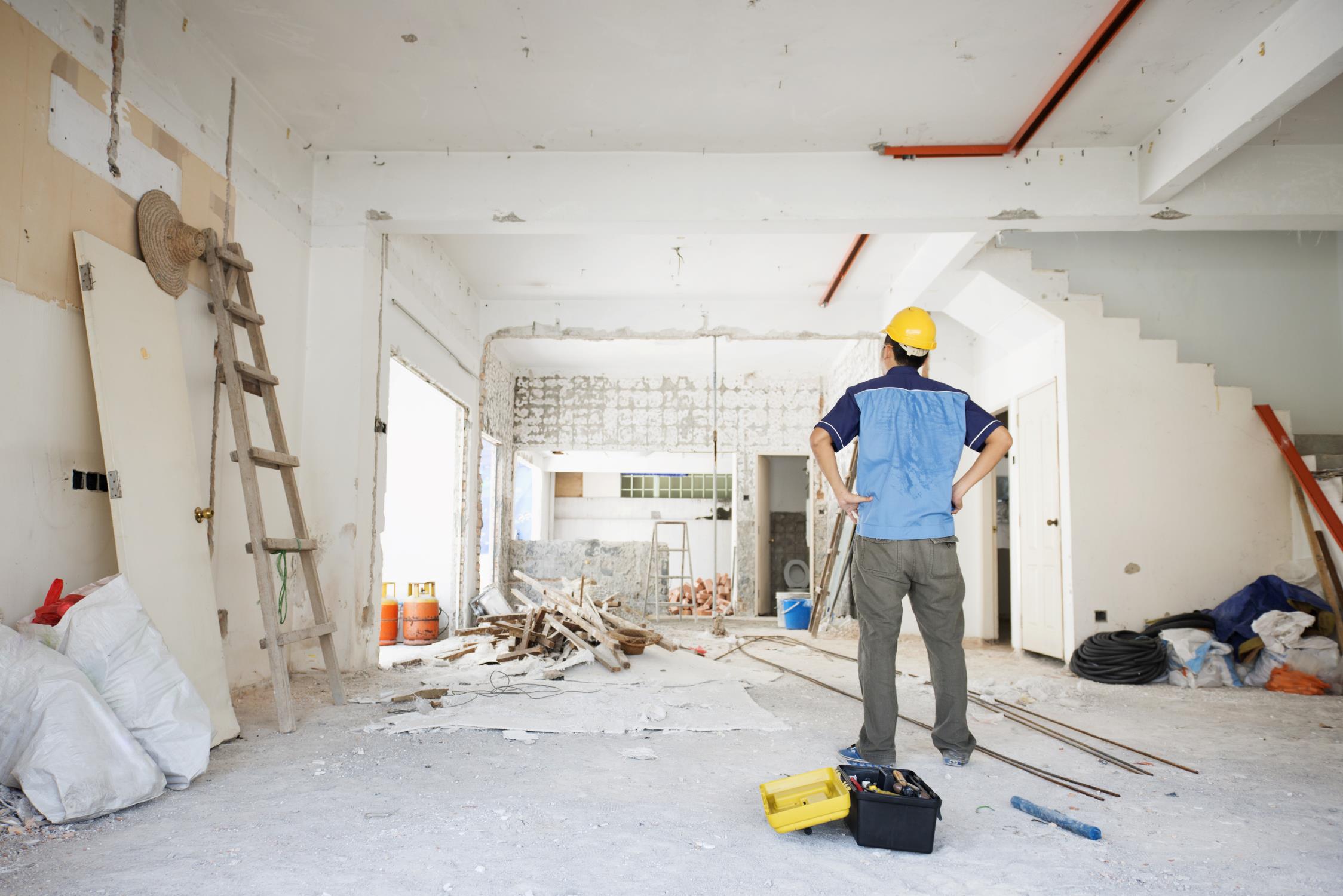



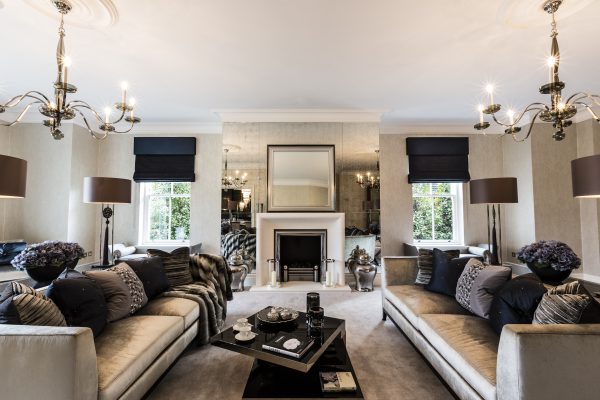
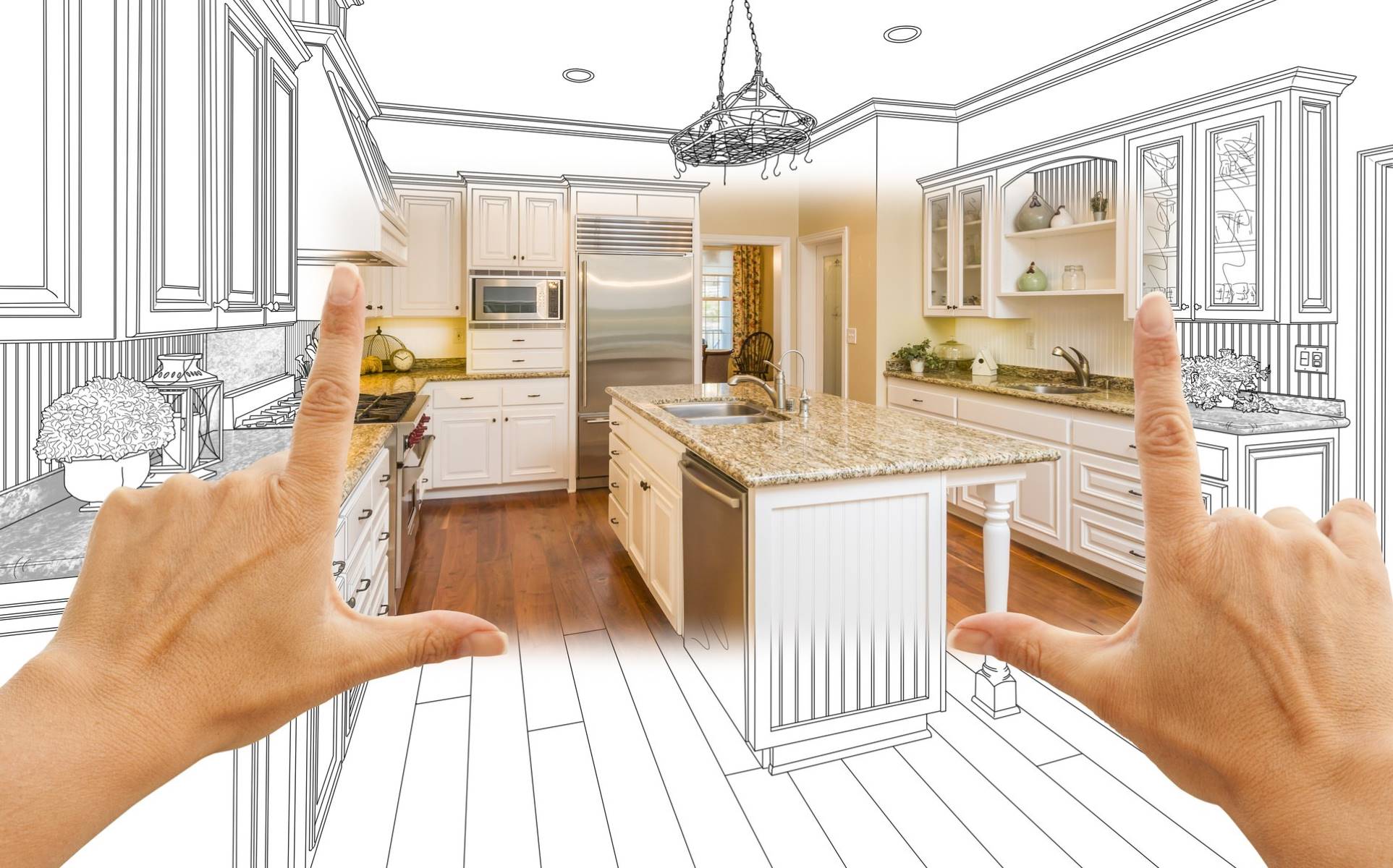

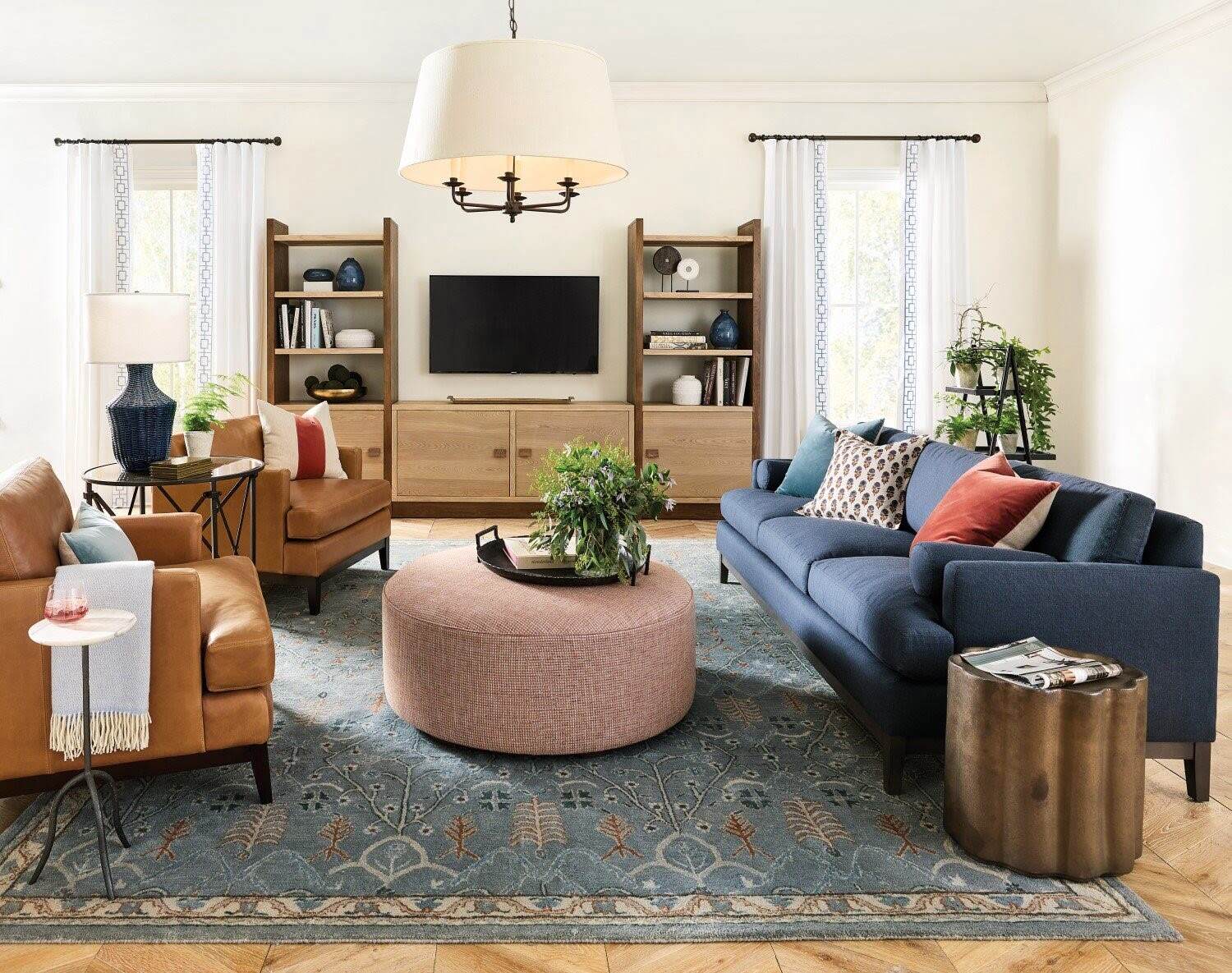

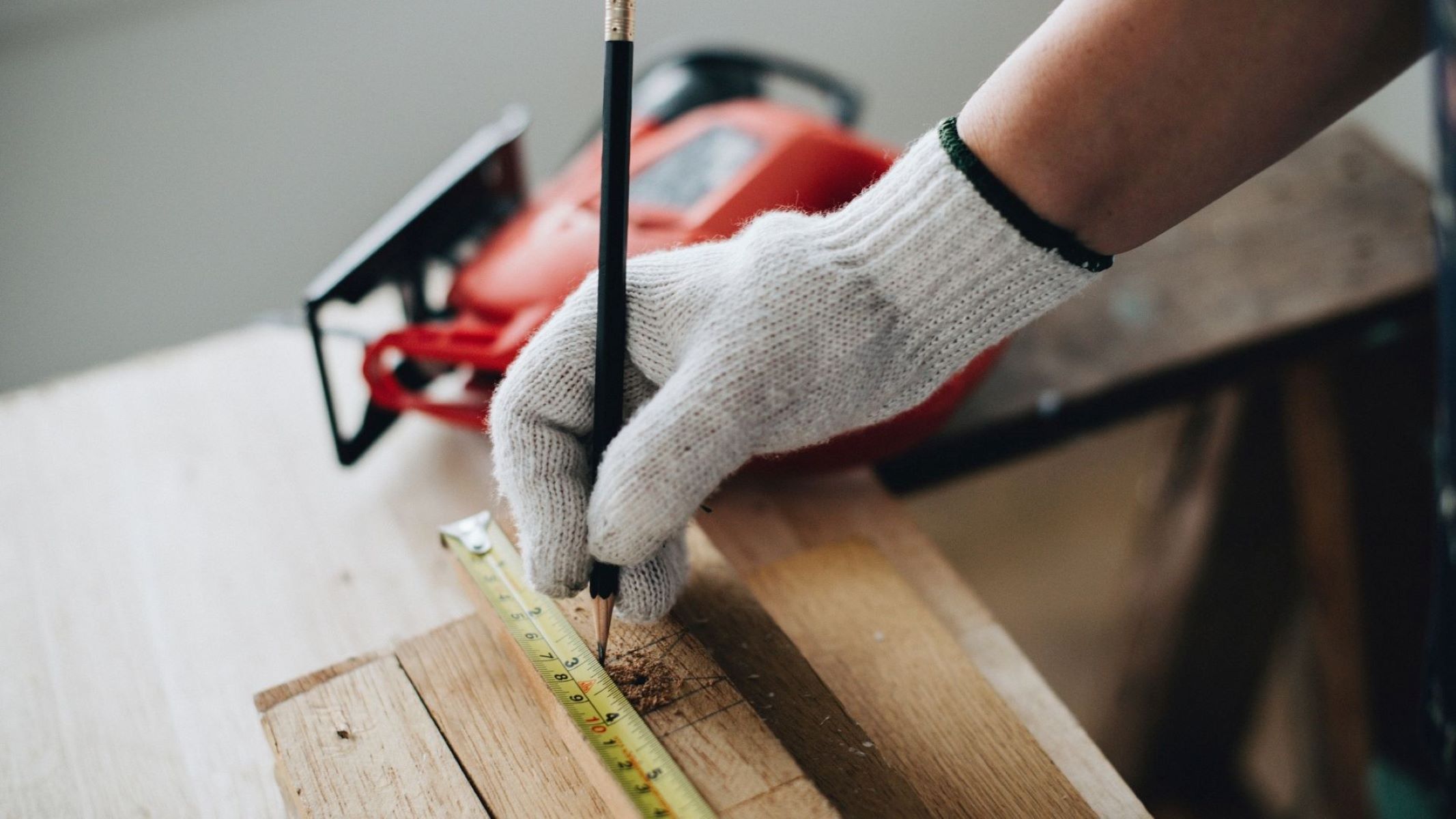

0 thoughts on “What Is A Typical Design Fee For A $250,000 High-End House Remodel?”